Exotic mix in China's Moon Rocks
Tuesday, 28 September 2021 10:06 On 16 December 2020 the Chang'e-5 mission, China's first sample return mission to the Moon, successfully delivered to Earth nearly two kilograms of rocky fragments and dust from our celestial companion. Chang'e-5 landed on an area of the Moon not sampled by the NASA Apollo or the Soviet Luna missions nearly 50 years ago, and retrieved fragments of the youngest lunar rocks ever brought back for a
On 16 December 2020 the Chang'e-5 mission, China's first sample return mission to the Moon, successfully delivered to Earth nearly two kilograms of rocky fragments and dust from our celestial companion. Chang'e-5 landed on an area of the Moon not sampled by the NASA Apollo or the Soviet Luna missions nearly 50 years ago, and retrieved fragments of the youngest lunar rocks ever brought back for a Hubble shows winds in Jupiter's Great Red Spot are speeding up
Tuesday, 28 September 2021 10:06 Like the speed of an advancing race car driver, the winds in the outermost "lane" of Jupiter's Great Red Spot are accelerating - a discovery only made possible by NASA's Hubble Space Telescope, which has monitored the planet for more than a decade.
Researchers analyzing Hubble's regular "storm reports" found that the average wind speed just within the boundaries of the storm, known as a hi
Like the speed of an advancing race car driver, the winds in the outermost "lane" of Jupiter's Great Red Spot are accelerating - a discovery only made possible by NASA's Hubble Space Telescope, which has monitored the planet for more than a decade.
Researchers analyzing Hubble's regular "storm reports" found that the average wind speed just within the boundaries of the storm, known as a hi Nation to deploy solar observation satellite
Tuesday, 28 September 2021 10:06 China plans to launch its first solar observation satellite next month, according to a project insider.
Wang Wei, deputy director of the Shanghai Institute of Satellite Engineering at the Shanghai Academy of Spaceflight Technology, and project manager of the satellite, told China Daily on Sunday that the spacecraft is scheduled to be put into orbit from the Taiyuan Satellite Launch Center
China plans to launch its first solar observation satellite next month, according to a project insider.
Wang Wei, deputy director of the Shanghai Institute of Satellite Engineering at the Shanghai Academy of Spaceflight Technology, and project manager of the satellite, told China Daily on Sunday that the spacecraft is scheduled to be put into orbit from the Taiyuan Satellite Launch Center Space for our Planet: Space Solutions for a Sustainable World
Tuesday, 28 September 2021 09:00
At ESA, we believe that we have a responsibility to use our space technologies, applications and services to benefit planet Earth and humankind. Some examples of how we do this are now on display in Paris and Brussels at a new exhibition called Space for our Planet: Space Solutions for a Sustainable World.
British government releases national space strategy
Tuesday, 28 September 2021 08:54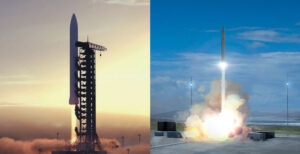
The British government released a highly anticipated space strategy Sept. 27 that outlines its plans to turn the country into a major global space power, but does away with a key metric it had been using to measure its progress.
Mercury ahead!
Tuesday, 28 September 2021 08:00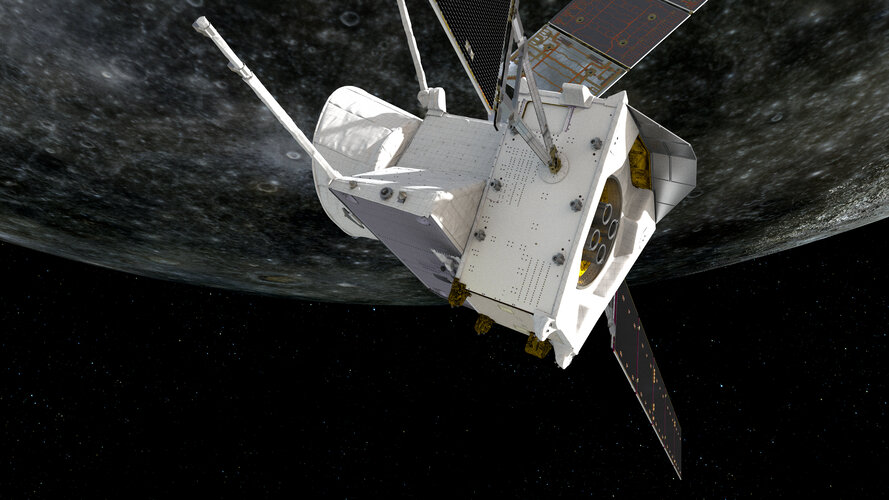
The ESA/JAXA BepiColombo mission to Mercury will make the first of six flybys of its destination planet on 1 October before entering orbit in 2025.
Space Development Agency revises Transport Layer procurement, with fewer satellites per launch
Monday, 27 September 2021 23:29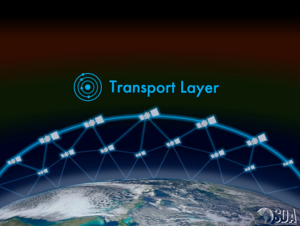
The Space Development Agency revised a request for proposals that previously had sought bids for 144 satellites. It is now seeking proposals for 126 satellites, and will procure the other 18 at a later time.
MDA highlights speedy tasking, broad coverage of Radarsat-2 follow-on
Monday, 27 September 2021 23:15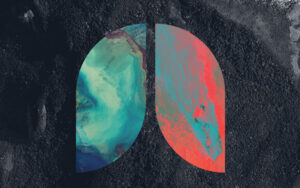
MDA’s Radarsat-2 follow-on will include a C-band synthetic-aperture radar (SAR) satellite in a mid-inclination orbit capable of collecting imagery in a 700 kilometer swath at a resolution of 50 meters per pixel.
Status of satellite unknown after China conducts pair of launches in 2 hours
Monday, 27 September 2021 21:19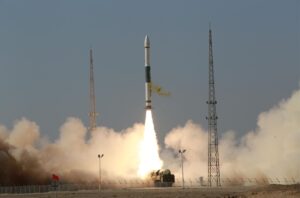
The status of a classified satellite launched from southwest China Sept. 27 remains unknown more than 12 hours after liftoff.
Classified satellite declared lost after China launches twice in 2 hours
Monday, 27 September 2021 21:19
The status of a classified satellite launched from southwest China Sept. 27 remains unknown more than 12 hours after liftoff.
Atlas 5 launches Landsat 9
Monday, 27 September 2021 19:17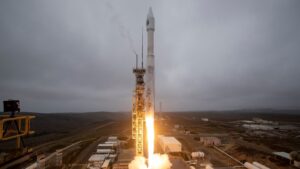
An Atlas 5 successfully launched the latest in the Landsat series of Earth science satellites Sept. 27, continuing a program that started nearly half a century ago.
Isotropic Systems completes funding for 2022 commercial launch
Monday, 27 September 2021 19:03
Isotropic Systems said Sept. 27 it raised more than $37 million to fully fund its flat-panel antennas through to product launch in 2022.
Terran Orbital to build plant to produce more than 1,000 satellites per year
Monday, 27 September 2021 18:26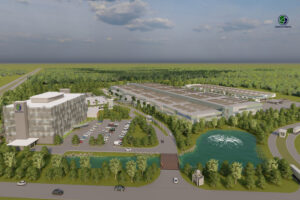
Terran Orbital announced an agreement with Space Florida to establish a manufacturing facility on Florida’s Merritt Island large enough to produce more than 1,000 satellites per year.
Satellite maker Terran Orbital plans major plant in Florida
Monday, 27 September 2021 17:01 Small-satellite maker Terran Orbital plans to build a large manufacturing plant with more than 2,000 employees near Kennedy Space Center's former space shuttle landing strip, the company and Florida officials announced Monday.
The Irvine, Calif.-based company would manufacture fleets of so-called CubeSats, or spacecraft the size of a shoebox, at the 660,000-square-foot plant, Marc Bell,
Small-satellite maker Terran Orbital plans to build a large manufacturing plant with more than 2,000 employees near Kennedy Space Center's former space shuttle landing strip, the company and Florida officials announced Monday.
The Irvine, Calif.-based company would manufacture fleets of so-called CubeSats, or spacecraft the size of a shoebox, at the 660,000-square-foot plant, Marc Bell, Space Health Institute Releases Postdoctoral Fellowship Solicitation
Monday, 27 September 2021 17:01 The Translational Research Institute for Space Health (TRISH) at Baylor College of Medicine, with consortium partners California Institute of Technology (Caltech) and Massachusetts Institute of Technology (MIT), are seeking exceptional proposals from postdoctoral fellows ready to help solve the challenges of space exploration.
TRISH's postdoctoral fellowship program supports early-career s
The Translational Research Institute for Space Health (TRISH) at Baylor College of Medicine, with consortium partners California Institute of Technology (Caltech) and Massachusetts Institute of Technology (MIT), are seeking exceptional proposals from postdoctoral fellows ready to help solve the challenges of space exploration.
TRISH's postdoctoral fellowship program supports early-career s 
